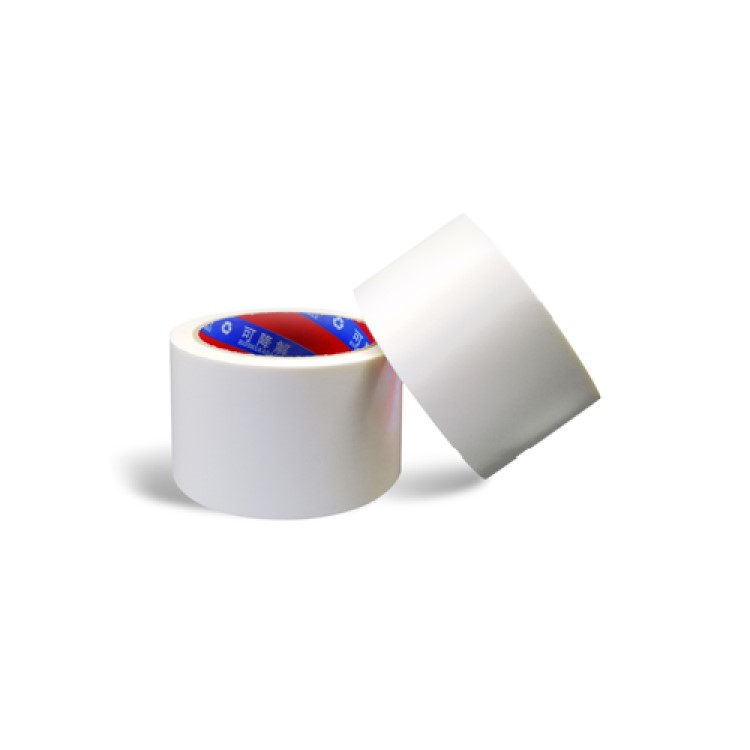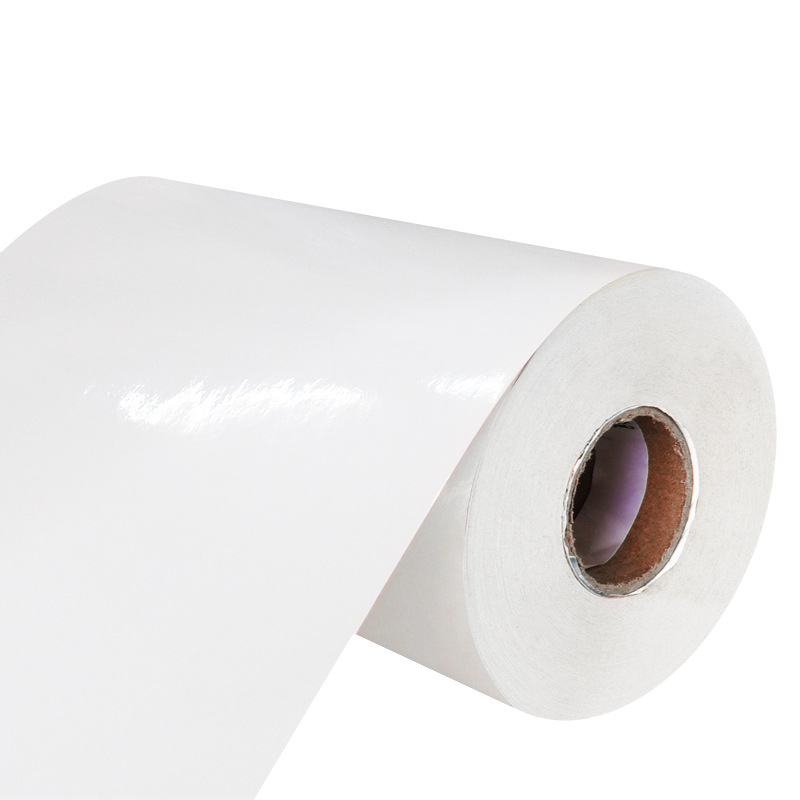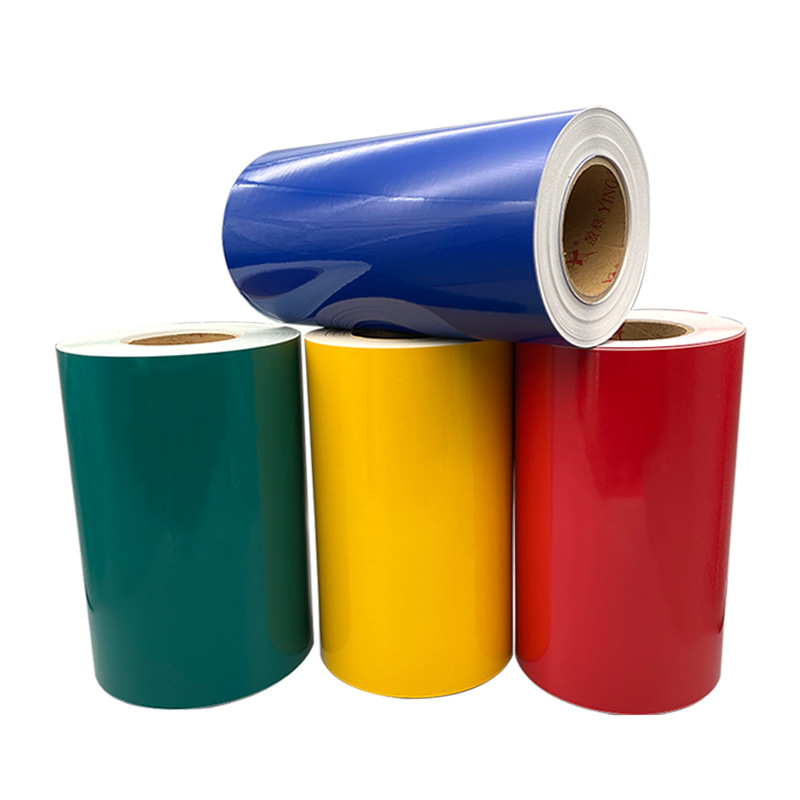Color Change of Sterilization Indicator Label
In the sphere of sterilization processes, the significance of clear, precise, and instantaneous indicators cannot be overstated. With the evolving technologies in the medical and healthcare sectors, the demand for effective sterilization indicator labels has grown significantly. One of the most vital developments in this arena is the color change of sterilization indicator labels, which has revolutionized sterilization procedures across various domains.
Understanding the Basics
Sterilization indicator labels serve as pivotal tools in ensuring the effectiveness of sterilization processes. These labels undergo a distinctive color change when exposed to specific sterilization methods, indicating that the required conditions for sterilization have been met. The mechanism underlying this color change is predicated on meticulous chemical formulations embedded within the label, which react to the sterilization process parameters.
The Science Behind Color Change
The science behind the color change of sterilization indicator labels is rooted in the chemical reactions triggered by particular sterilization conditions. Whether it's steam, ethylene oxide, or hydrogen peroxide plasma sterilization, the labels contain sensitive chemical components that respond to the unique properties of each sterilization method. This chemical reactivity facilitates a visible change in color, providing an immediate and easily interpretable signal for the completion of the sterilization process.
Diverse Applications
Given the criticality of sterilization in medical, laboratory, and research settings, the applications of color-changing sterilization indicator labels are extensive. Hospitals, clinics, dental facilities, and research laboratories all rely on these labels to ascertain the successful sterilization of their equipment and instruments. Moreover, pharmaceutical companies and biotechnology firms integrate these labels into their packaging systems to ensure the safety and efficacy of their products.
Enhancing Safety and Compliance
By incorporating color change technology into sterilization indicator labels, safety and compliance in various industries have been significantly bolstered. Regulatory bodies in the healthcare and pharmaceutical sectors have emphasized the use of such indicators to maintain stringent quality control standards. The clear, identifiable color change serves as an instant confirmation of the completion of the sterilization process, ensuring that equipment, instruments, and products are safe for use.
Advancements and Innovations
Continuous advancements and innovations in sterilization indicator labels have led to the development of more sophisticated and sensitive solutions. Improved chemical compositions, responsive to a wider range of sterilization methods and conditions, have expanded the applications of these labels to diverse environments. Additionally, efforts to integrate digital technologies and data tracking systems with these labels have enhanced traceability and documentation of the sterilization process, further streamlining quality control measures.
Future Prospects
The trajectory of the sterilization indicator label industry points towards an increasingly integrated and technologically advanced landscape. Future developments may witness the convergence of nanotechnology and smart materials, fostering labels that offer real-time monitoring and detailed insights into the sterilization process. This trajectory underscores the industry's commitment to ensuring the highest standards of safety, efficacy, and compliance in sterilization practices.
Conclusion
The color change of sterilization indicator labels stands as a testament to the constant innovation and refinement within the sticker label industry. From enhancing safety protocols to ensuring regulatory compliance, these labels play an indispensable role in upholding the standards of sterilization across a myriad of sectors. As the industry continues to evolve, the relentless pursuit of more efficient and sophisticated solutions remains paramount, reaffirming the commitment to optimal sterilization practices and overall public safety.
We offer comprehensive technical support, including free professional labeling solutions, advice on label materials and adhesive selection, as well as online/offline assistance from professional software and hardware engineers. Service email: andy@ownlikes.cn. In pre-sales, we leverage our extensive experience in specialty labeling projects to provide clients with the most suitable hardware solutions. Additionally, all our label barcode printers and scanners come with a three-year free warranty, demonstrating our confidence in our products.






This site is protected by reCAPTCHA and the Google Privacy Policy and Terms of Service apply.